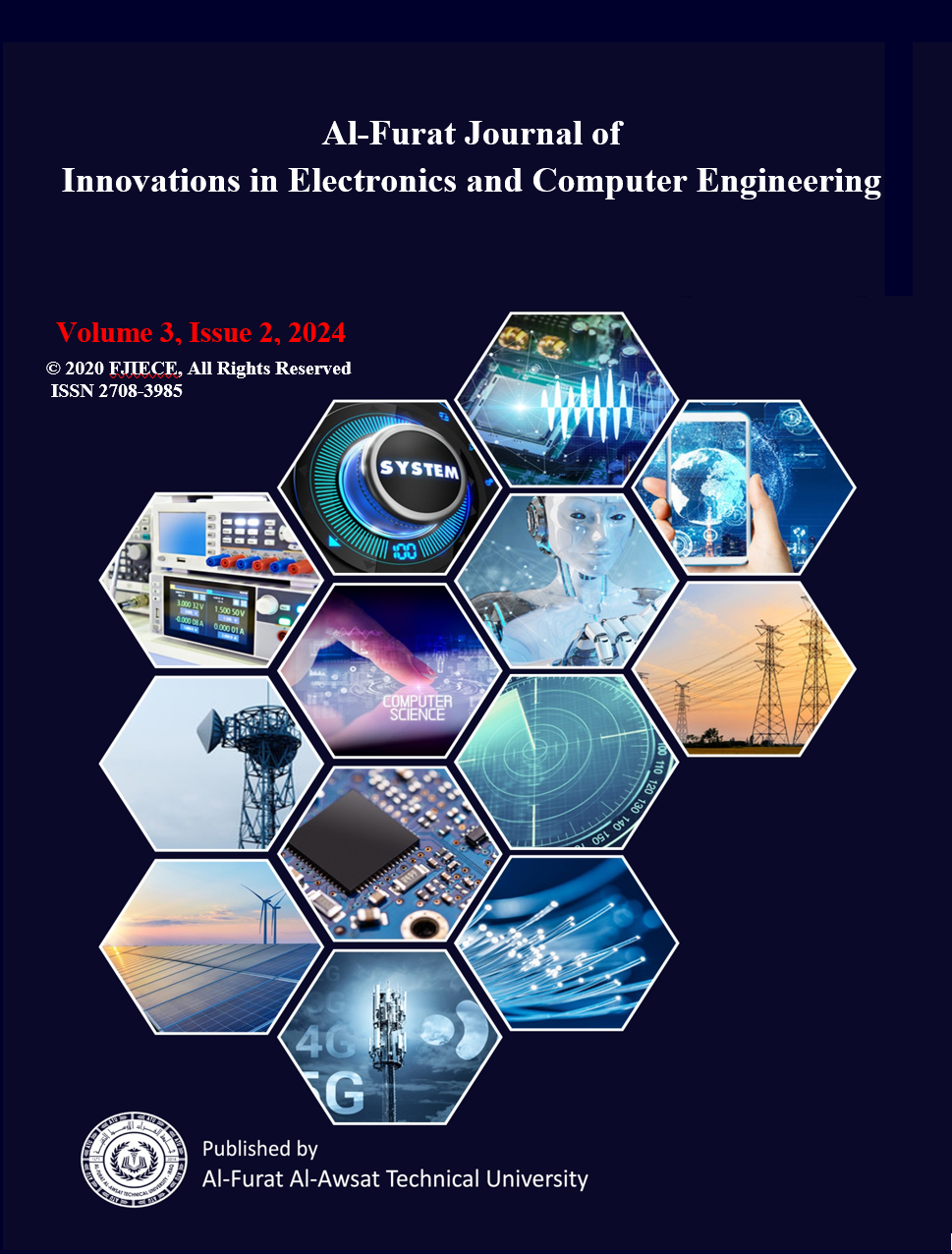Question Answering System Based on Bideirectional Long-Short-Term Memory (Bilstm)
Keywords:
Natural language processing, Question answering system, deep learning, LSTM, BiLSTMAbstract
In the modern world, Q&A systems are essential for promoting better communication
between people and technology. These systems play an important role in collecting information quickly and
efficiently, and this leads to great progress in learning, teaching and development in many areas of life.
Using deep learning techniques, this research addresses the problem of excellent prediction of the questions
that need to be answered. We created a question-and-answer system using "Bidirectional Long Short-Term
Memory (BiLSTM)", a modern neural network known for its accuracy and results in text analysis and
natural language understanding. This technique is more effective in understanding questions and producing
very accurate answers because of its special ability to pay attention to preceding and following information
in a sentence. Preprocessing was used to remove unnecessary, unimportant and time-consuming data. The
"Stanford Question Answering Dataset version 2 (SQuAD 2.0)" was used, which is considered one of the
important datasets used in the field of machine learning and natural language processing. The following
evaluation metrics were used to evaluate the model’s performance: “Mean Average Precision (MAP), Mean
Reciprocal Rank (MRR), Recall, Precision, Loss, F1 Score, and Exact Match (EM). The results, based on
150 epochs (EPOGs) and 128 batch sizes with a cleaned dataset split into 70% training and 30%
test/validation (15% each), are as follows: "Precision (0.966), Loss (0.591), F1-score (0.966), Recall
(0.967), EM (0.967), MRR (0.918), MAP (0.776), and accuracy (0.966)". Interestingly, the highest
performance was observed when using the accuracy measure.





